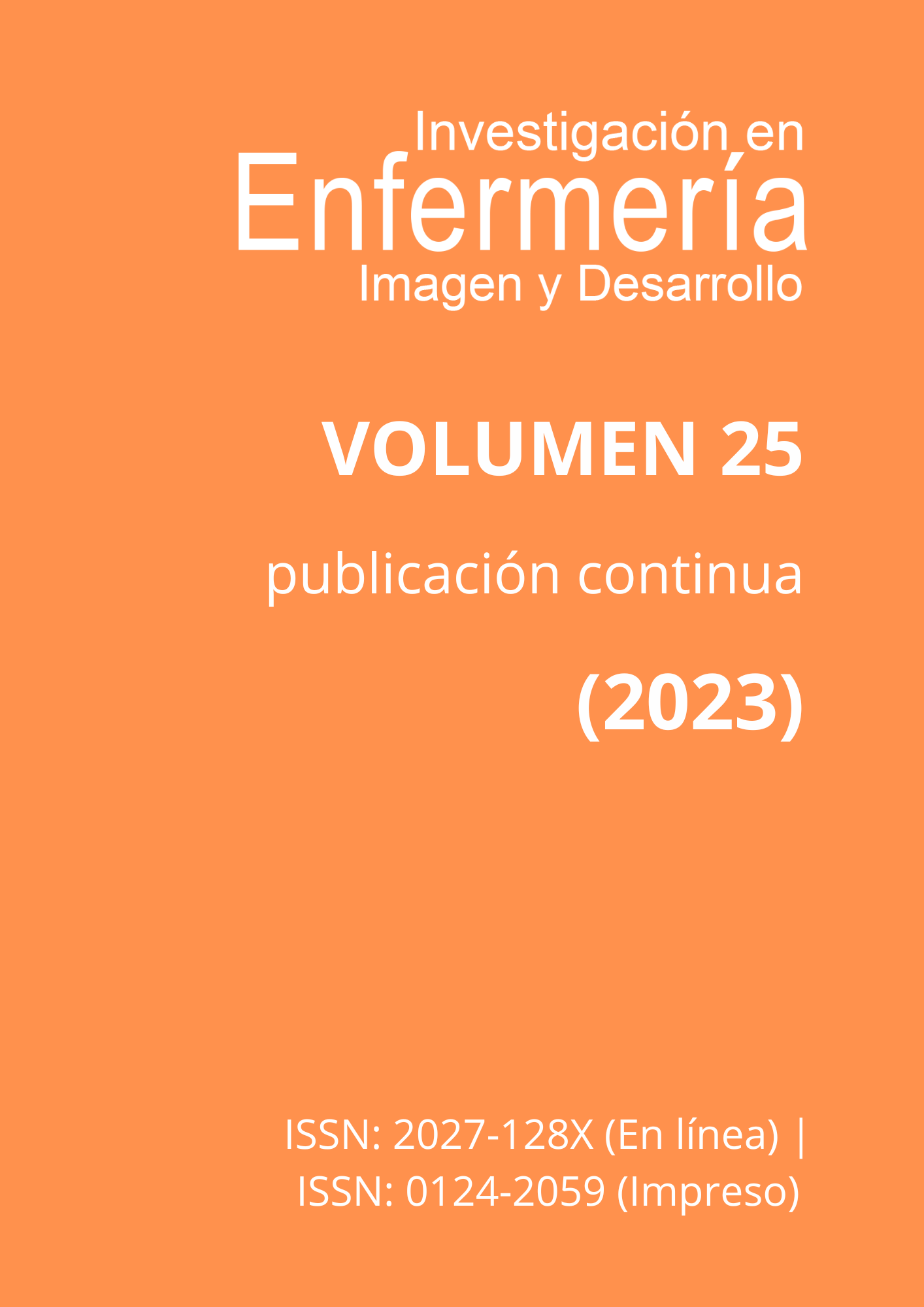Resumen
Introducción: el artículo describe la manera como se construye el cuidado en personas con presión arterial alta (PAA) mediante el rastreo de actantes humanos y no humanos, prácticas y redes. El estudio se aleja de la indagación de categorías biomédicas para plantear el desplazamiento de los espacios habituales de producción del cuidado identificando dónde se le dota de otros modos de existencia y subjetivación. Objetivo: develar cómo se construye el cuidado a partir del rastreo de prácticas, actantes y redes en personas con PAA asistentes a un hospital de primer nivel en Popayán Colombia en 2021. Metodología: estudio cualitativo, etnográfico y praxiográfico, tomó como información relatos a partir de entrevistas a profundidad, diario de campo y observación participante en 12 personas con PAA y cinco enfermeros. Se asumió la teoría del actor-red para rastrear la construcción (enactment) del cuidado. Resultados: el cuidado en personas con PAA se construyó en cinco campos de información: individual, familiar, comunitario, cuidadores de salud y sistema sanitario, involucrando además de prácticas biomédicas, prácticas y actantes del escenario sociocultural, político y económico: religión, herbolaria, políticas sanitarias, sistemas de información, transacciones administrativas, instrumentos de medición, tecnologías de comunicación, seguimientos, hábitos, participación social, dinámica familiar, amigos, entre otros; ensamblados en diferentes redes. Conclusiones: Rastreado de cerca, el cuidado resulta ser diferentes cosas en distintos momentos y lugares; se construye por y a través de prácticas, actantes humanos y no humanos y redes que, mediante entramados de relaciones permiten la emergencia de versiones particulares de esta entidad volviéndololo múltiple.

Esta obra está bajo una licencia internacional Creative Commons Atribución 4.0.
Derechos de autor 2024 Investigación en Enfermería: Imagen y Desarrollo


